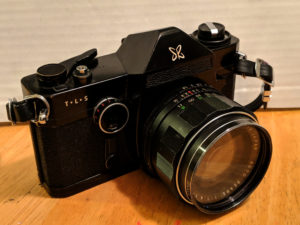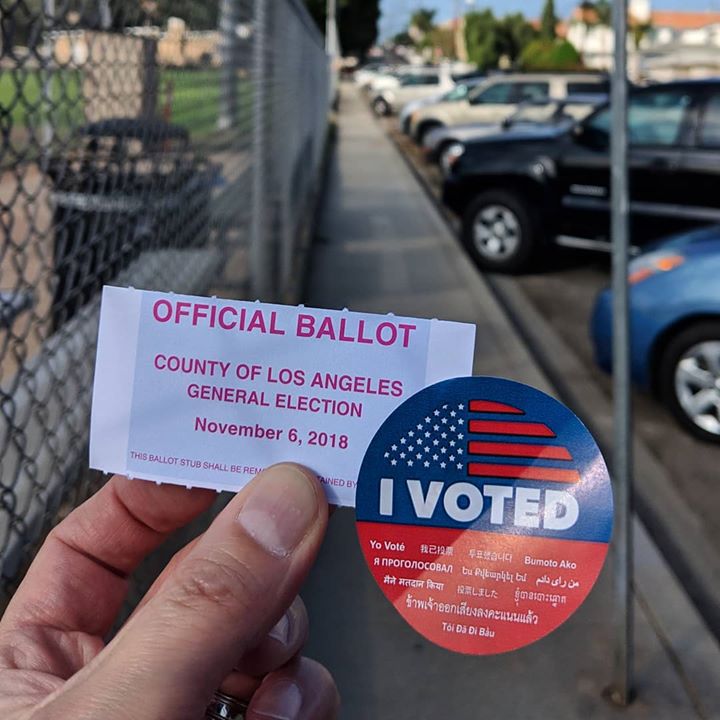Over at Key Smash!, I’ve been helping beta-test the Pterotype plugin to hook up a self-hosted WordPress to the Fediverse. It gives WordPress an ActivityPub presence, so new posts and comments can be seen in Mastodon, Pleroma, and other ActivityPub-powered networks, and replies from those networks can come back as comments.
But Key Smash! is a simple test case. It’s at the top of the site, there’s no caching, it’s only got a handful of posts, and it hasn’t been bombarded by spammers for years.
So I’ve installed it on here. Older posts won’t federate, but new ones (starting here) should, and replies should show up as comments. With luck they’ll land in the moderation queue instead of the spam queue.
You may be able to follow the site by searching for this post’s URL in Mastodon/etc. Maybe. I need to report a bug in the handling of sites that aren’t at the top level: To find the site I need to search for @blog@www.hyperborea.org/journal – the first time. Then that search stops working, but I can find it at @blog@www.hyperborea.orgjournal instead. But that only works after I’ve searched for the first one.
Well, that’s part of why I set it up here: to help beta test.
Update: Submitted the username/discovery issue to Github.
Update: You can now follow the blog directly at @blog@www.hyperborea.org
Update (Dec): I turned it off temporarily due to spam problems. Spam comments were visible through ActivityPub, and couldn’t be deleted due to a FK constraint on the Pterotype tables.
Update (2019): Pterotype appears to have been abandoned. 🙁


